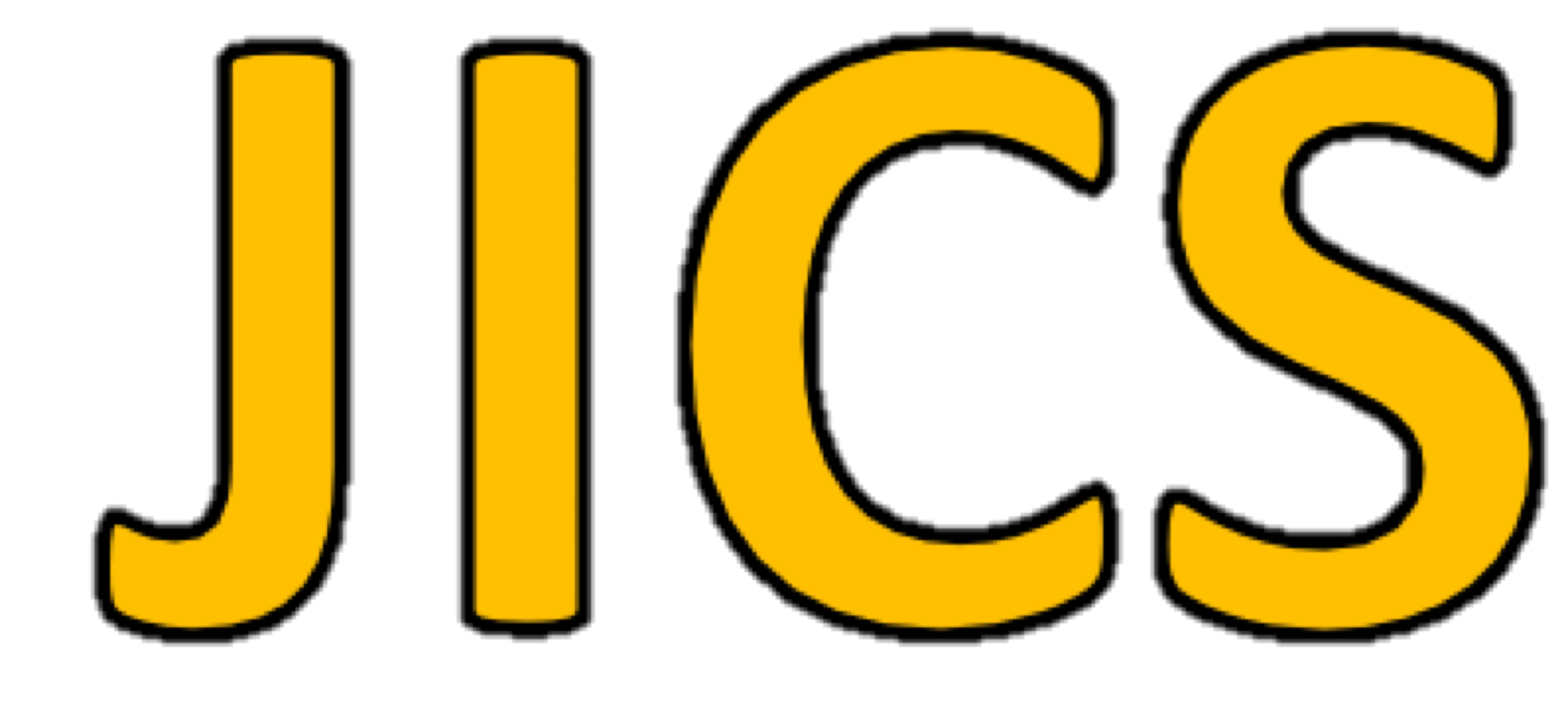Extended Use Case Modeling for Service-Oriented Computing
Jun-Soo Cho, Ki-Won Chong, Journal of Internet Computing and Services, Vol. 10, No. 5, pp. 153-164, Oct. 2009
Full Text:
Keywords: Use case, Service-orientation, Modeling, Stereotype, Profile
Abstract
Statistics
Show / Hide Statistics
Statistics (Cumulative Counts from November 1st, 2017)
Multiple requests among the same browser session are counted as one view.
If you mouse over a chart, the values of data points will be shown.
Statistics (Cumulative Counts from November 1st, 2017)
Multiple requests among the same browser session are counted as one view.
If you mouse over a chart, the values of data points will be shown.
|
|
Cite this article
[APA Style]
Cho, J. & Chong, K. (2009). Extended Use Case Modeling for Service-Oriented Computing. Journal of Internet Computing and Services, 10(5), 153-164.
[IEEE Style]
J. Cho and K. Chong, "Extended Use Case Modeling for Service-Oriented Computing," Journal of Internet Computing and Services, vol. 10, no. 5, pp. 153-164, 2009.
[ACM Style]
Jun-Soo Cho and Ki-Won Chong. 2009. Extended Use Case Modeling for Service-Oriented Computing. Journal of Internet Computing and Services, 10, 5, (2009), 153-164.

